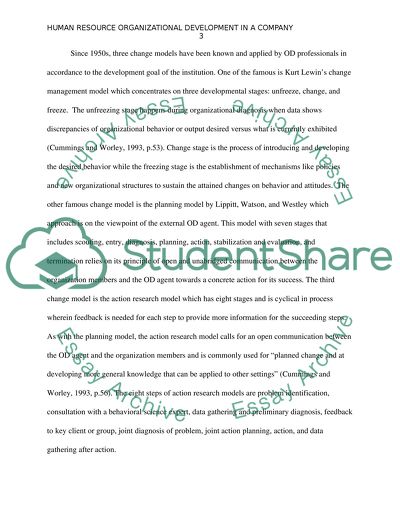Cite this document
(“Human Resource Organizational Development in a Company Research Paper”, n.d.)
Retrieved from https://studentshare.org/miscellaneous/1593539-human-resource-organizational-development-in-a-company
Retrieved from https://studentshare.org/miscellaneous/1593539-human-resource-organizational-development-in-a-company
(Human Resource Organizational Development in a Company Research Paper)
https://studentshare.org/miscellaneous/1593539-human-resource-organizational-development-in-a-company.
https://studentshare.org/miscellaneous/1593539-human-resource-organizational-development-in-a-company.
“Human Resource Organizational Development in a Company Research Paper”, n.d. https://studentshare.org/miscellaneous/1593539-human-resource-organizational-development-in-a-company.


